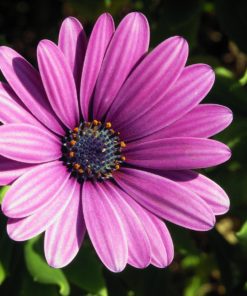Lupin Pixie Mix color pack of 30-40 seeds desi
₹50.00
In stock
Lupin Pixie How to Plant
Lupin Pixie can be grown from seeds, cuttings or divisions. If growing from seed, germination is greatly increased by a 7-day cold treatment . Place seeds and slightly damp paper towels in a Ziploc bag and store in the refrigerator. Another method would be to soak them in warm water for a 24-hour period. Treated seeds can be directly sown into a seedbed in spring or summer until August 1st. The best time to plant untreated lupine seeds outdoors is between September-November.
Plants grown from seed will bloom their first year. Pinch off spent flowers to prolong the blooming period. Apply an organic fertilizer once per month to promote healthy plants and large blooms.
To grow from cuttings, take a stem down to the trunk, including a bit of its “footprint” connection to the trunk. Set in moist, very well-drained, gritty sand or other propagation medium. Keep covered during the propagation period except for several minutes each day to air and and allow the plant to adjust.
Start cuttings in larger pots that can be transplanted into the outdoors, pot and all, so as not to disturb the roots.
Do NOT transplant as the long tap root is delicate, and if damaged, the plant will fail.
Insect & Disease Problems
Lupine does not have many pest problems associated with it. Occasionally, plants will become infested with aphids. If found, take the following common sense, least-toxic approach to pest control:
- Pinch or prune off heavily infested leaves or other plant parts.
- Commercially available beneficial insects, like ladybugs, are important natural predators of the pest.
| Weight | 10 g |
|---|
Be the first to review “Lupin Pixie Mix color pack of 30-40 seeds desi” Cancel reply
You must be logged in to post a review.
Related products
Winter Flower Seeds
Winter Flower Seeds
Summer Flower seeds
Gerbera Jamesonii California Giants mixed Color pack of 10 seeds Imported
Winter Flower Seeds












Reviews
There are no reviews yet.